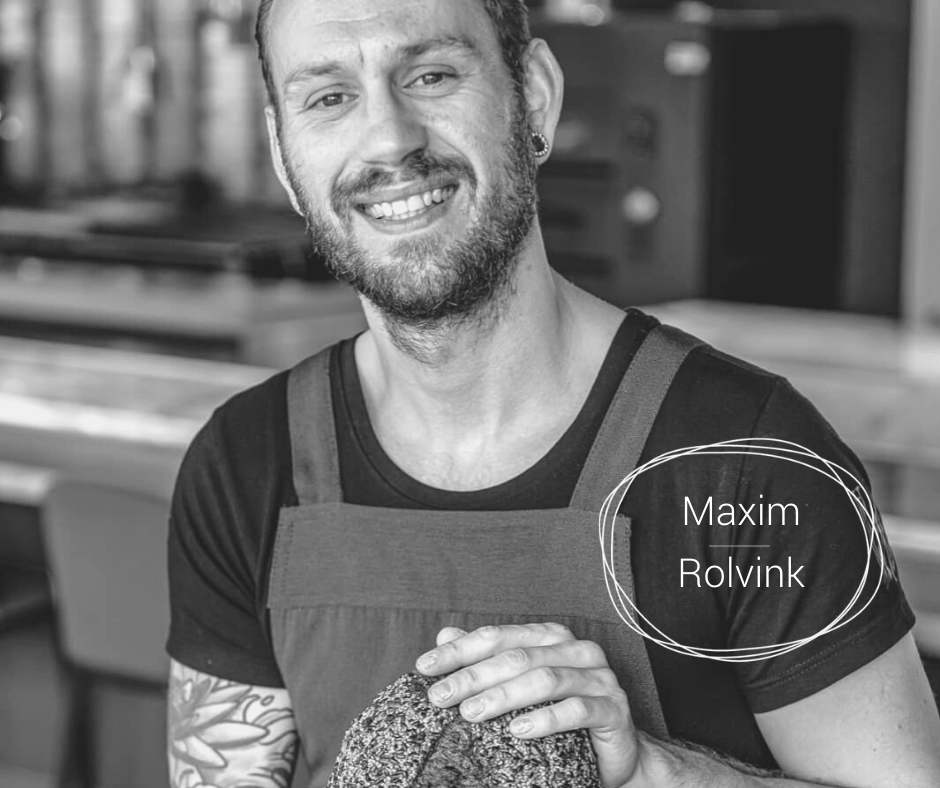
LOW FOOD LABS
Culinary experiments

The Low Food Labs, a collaboration with Flevo Campus, bring culinary knowledge, agricultural knowledge and product development together. The Labs are the places where chefs develop new products, preparation methods and techniques that contribute to a fairer, more diverse, healthier and/or more sustainable eating habits. In the Labs, we thus work on food issues for which a culinary solution must be found. Such as smarter ways to valorize residual streams or the development of applications that make certain ingredients accessible to a wider audience.
The Low Food Labs are culinary experiments that bring chefs, craftsmen, scientists and students together.
Low Food Lab: Grass
Low Food Grass delved into the potential of grass(protein) for human use and consumption.
Low Food Lab: Chicken
Low Food Lab: Chicken delved into the often-overlooked parts of the short-chain Oranjehoen chicken. These parts possess substantial untapped potential. The objective of this research was to shine a light on every facet of the chicken, unveiling novel culinary possibilities and innovative recipes.
Low Food Lab: Grains 2.0
This lab is a follow-up to the first Grains lab (see below). This time, instead of forgotten grain varieties, the researches focused on grain varieties that aren’t normally eaten by humans. They set themselves the challenge of exploring ways of using wheat that would normally be used for animal feed.
Low Food Lab: Broth
This Low Food Lab focuses on food waste, specifically waste in hospitality. The researchers take a deep dive into the subject ‘How can we use plant based waste streams from restaurants to make a tasteful, umami broth?’.
Low Food Lab: Okara
Okara is the leftover pulp from soybeans after they are filtered to make soy products. In Japan okara is seen as a nutritious and valuable product, but in The Netherlands we mostly treat it as waste. That’s where this Low Food Lab comes in: how can we safely use okara in our diets and what culinary properties does it have?
Low Food Lab: Water Lentils
Water lentils are mostly known as duckweed. They are really interesting, because they contain a high amount of protein. One hectare of water lentils produces as much protein as ten (!) hectare of soy. But how will we eat them? What's the culinary value? These are the questions that are explored in Low Food Lab: Water Lentils. Let their experiments and recipes inspire you!
Low Food Lab: Grains
With guidance of artisan baker Alice den Boer of Amarant bakery, our laborants have been experimenting and working with ancient grains like emmer, einkorn and spelt. Besides learning and exchanging between different professions, together we have developed a new set of recipes. Some of the results are already tangible: a lovely bread and a non- alcoholic aperitif made with red grains served at Restaurant Wils. With the insights from this Low Food Lab we aim to inspire you! - the (home)bakers, the fermentation enthusiasts, the foodies, the brewers and the (pastry)chefs.












































